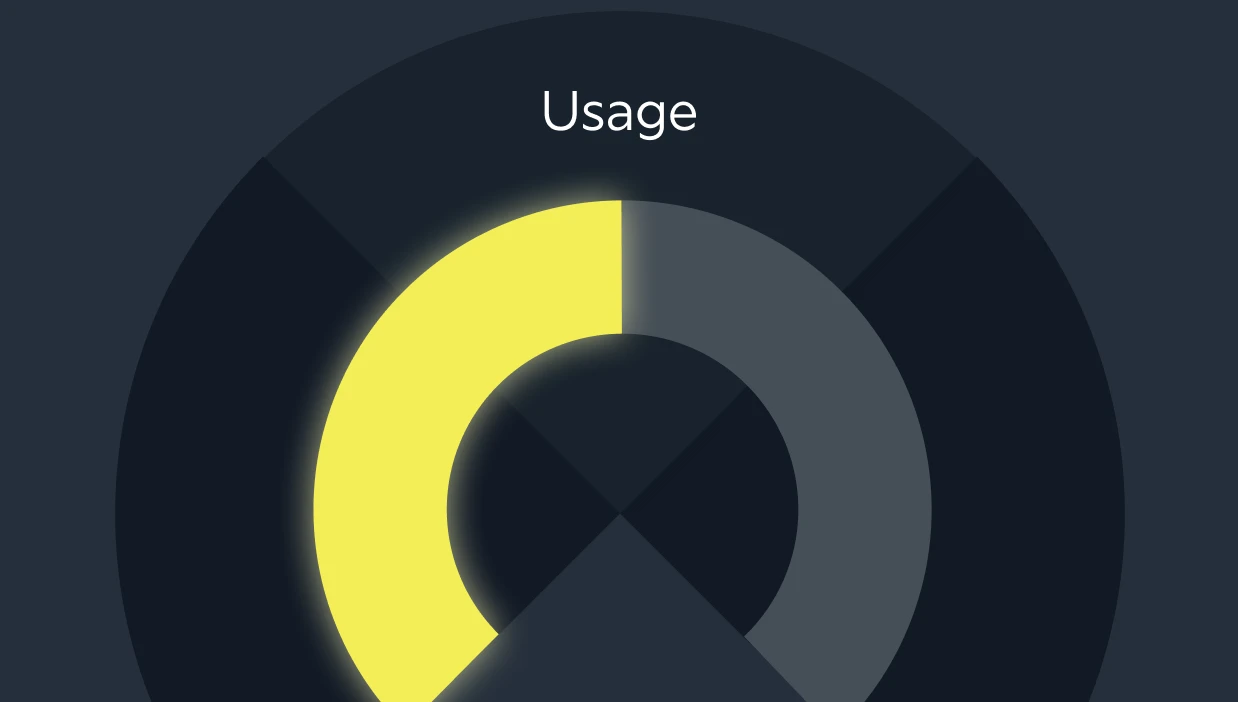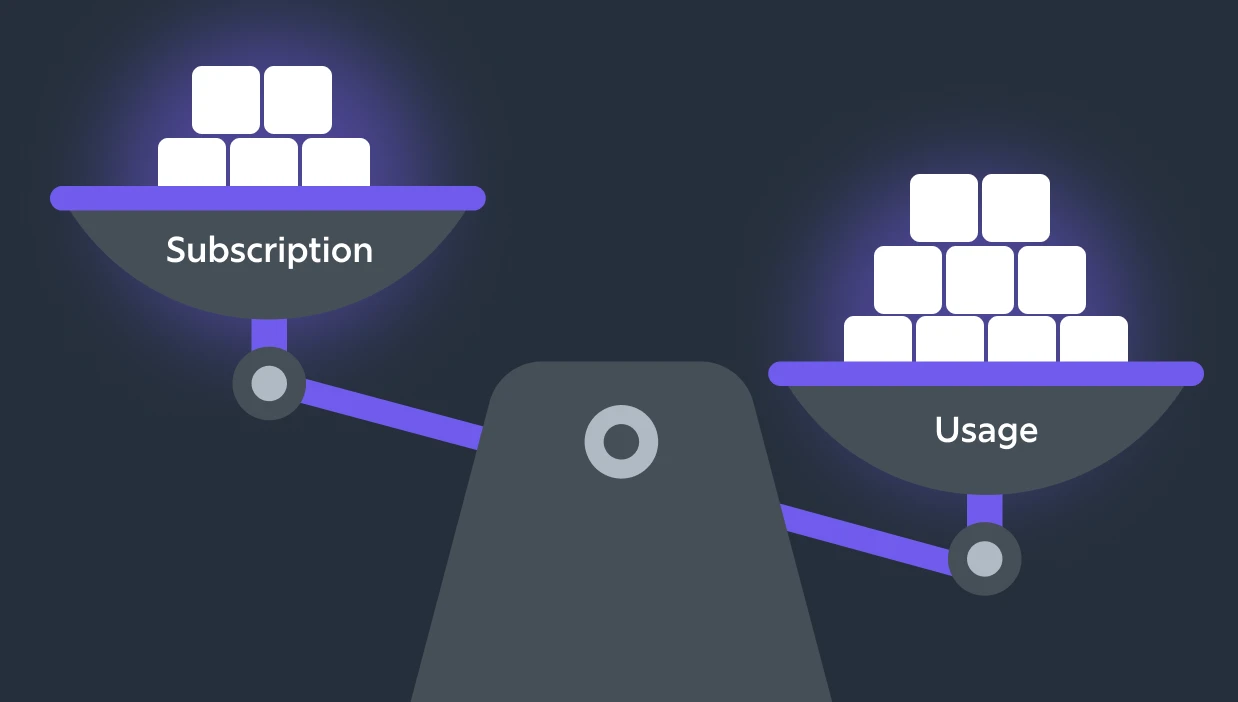
If Henry Ford had said to customers, “Here are the keys to your brand new car,go out and take a spin” would he have sold more cars?
Of course he would.
And this is why so many companies offer free trials today.
Free trials can be a great way to provide prospective users with hands-on experience. Because, let’s face it, most buyers are risk averse. We want to know first-hand what we are getting for our money.
For companies, trials also help provide valuable feedback on target buyers, pricing, key use cases, what’s working and where users are falling down. And they hold the promise of landing new customers faster, without a lot of hand-holding and associated costs.
But what’s the best way to go about conducting a trial? After all-we know that SaaS trial conversion rates are incredibly low with 66% of Saas vendors reporting Free Trial conversion rates of 25% or less.
Well, for one, organizations need to make sure their service or product is ready for a trial. And by ready, I mean that it is something that customers can easily get, understand, use and see value from.
But another, perhaps equally important thing companies can do to drive more attach to their trials is to look at how they are setting these up.
Typically most companies look at time-based trials and usage-based trials. Time-based trials allow you to download and use a product or service for a fixed period of time. Usage-based trials don’t restrict your time, but they do put a limit around how much of the product you can use.
There are pros and cons to each approach, but if you are a company with a product or service that is being sold on a consumption-basis, you should seriously nix going with time-based trials and opt for usage-based trials instead.
Here are four reasons why.
- Time-based trials rarely work- How many times have you downloaded a time-based trial with the best of intentions and found you just can’t get to use it in the time allotted? This is particularly true if the trial requires any set up, 3rd party integrations or back-end approvals with other teams or users.Time-based trials are meant to create a sense of urgency. But typically that urgency is only felt by the company offering the trial. The person using it is usually on a completely different timeline.So, they have two choices–they can let the trial lapse-which many do. Or they can renew again and again for as long as it takes. But in both cases, your company is no closer to making a sale or getting the feedback they really need.
- Usage-based trials provide an easier transition for customers to move from trial to production for usage-based products- If you are planning on putting usage-based pricing in place for your products or services,then, usage-based trials will make it easier for your customers to understand and predict how much of your product or service they will likely need when they move to production. It will also get them more familiar with your metric and will help them put a business case together to support moving to the next phase.
- Usage-based trials can serve as an early indicator for the success of a new product or consumption-based pricing model– Curious about what features are being used? Usage-based trials can give you real-time visibility into which capabilities or features are most widely adopted. These trials can also be fantastic for companies who are introducing consumption-based pricing into the market for the first time-especially if they are using a brand new metric.
For example, one organization wanted to launch a new data access governance product into the market. They thought going with column-based pricing would be the optimal approach. Unfortunately they had no data on how many columns their customers would need and if this type of pricing would fly. Introducing a usage-based trial gave them a window into usage and helped them understand where their customers were getting hung up and whether or not their new pricing model would fly.
- Usage-based trials allow you to minimize costs and maximize customer experience– If you have a new product or service with metered pricing, you likely have to account for some costs on the backend. These infrastructure and hosting costs can quickly add up and will likely be difficult to predict with time-based trials. Going with usage-based trials helps curb costs and ensures organizations can predictably plan and support customers to ensure they have the best possible experience. And as PwC points out, experience is everything. In fact, if you focus on customer experience, you can expect to get a 16% price premium from your customers.Usage-based pricing makes this easier. It ensures companies have the right back-end infrastructure in place to support customers with the best possible experience throughout their trial.
In the End
Trials are a great way to bring new customers into the fold and secure feedback on products, pricing and services. But as the old adage goes,just because you build it, doesn’t mean customers will come (or use your product). Making sure your trial is is easy to use and adopt is key to driving adoption and conversion. But so too is structuring your trial for success. And this often means-throwing time-based trials out the window in favor of usage-based trials–especially when it comes to usage-based pricing and products.
Looking for an easy way to run usage-based trials with your customers? Be sure to check out Continuous. Continuous is the only solution designed to help you launch and grow usage consumption pricing models on the Salesforce platform. Find out more today at: Product | Continuous Technologies.

